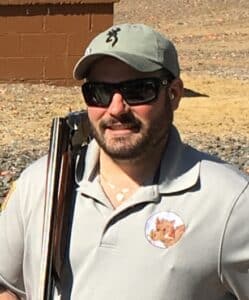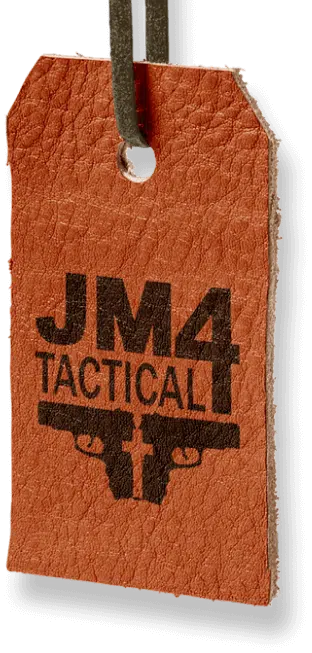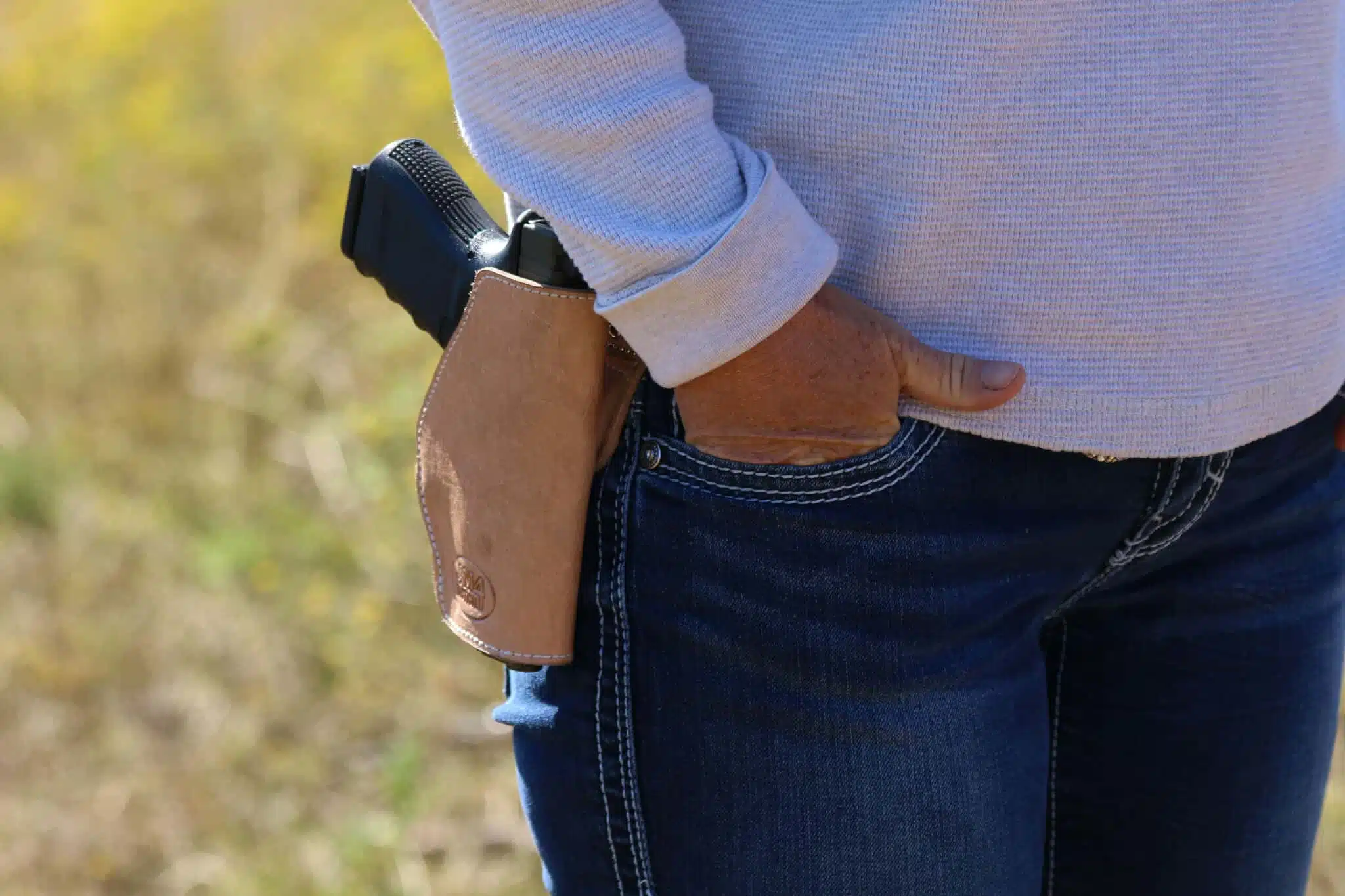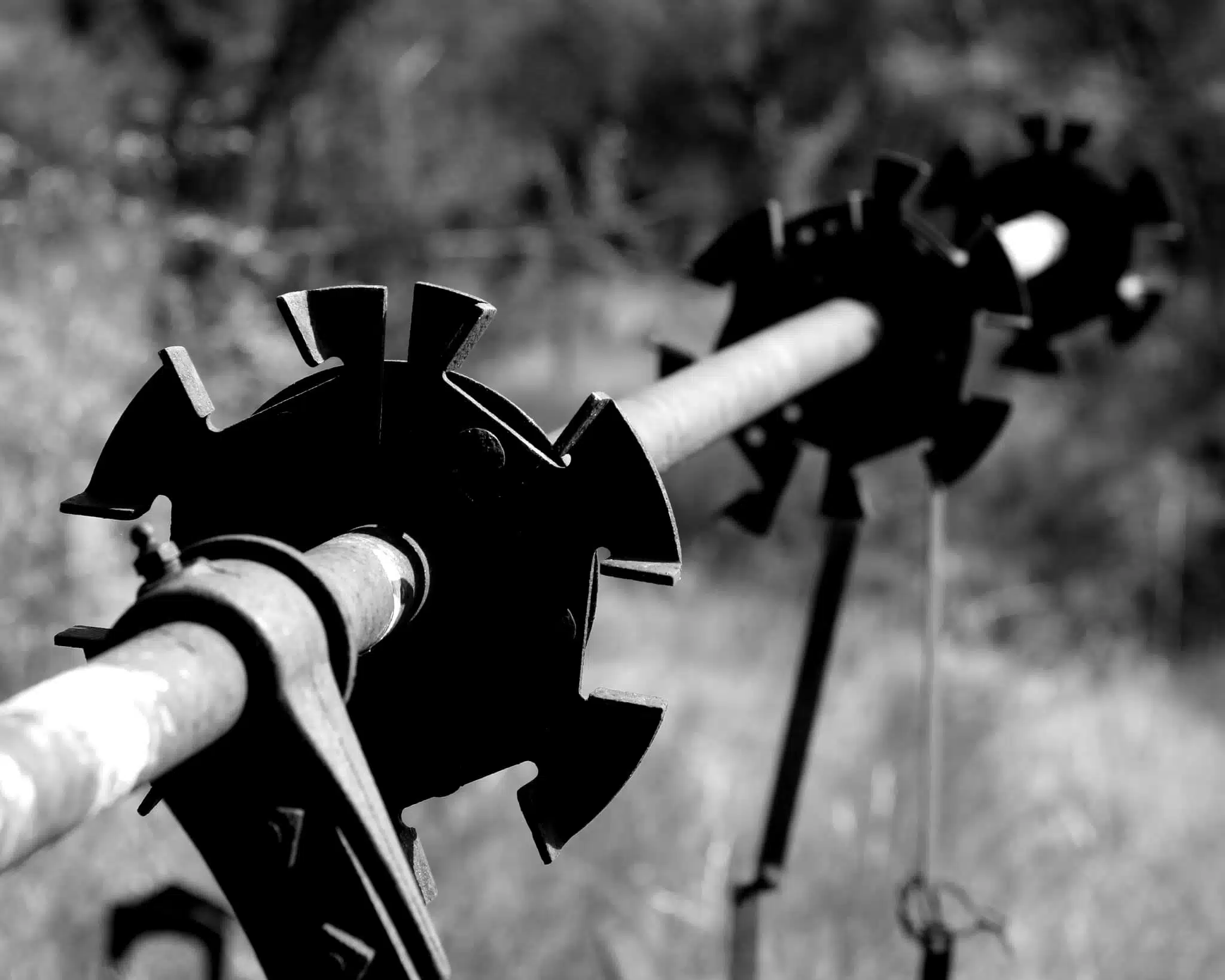What Else Is In Your Toolbox?

In the firearm industry, we put a significant emphasis on guns. Naturally, anything that must do with and/or interacts with firearms is going to be covered. So, discussing things like storing your gun, maintaining it, what accessories you might want to go with it, so on and so forth comes par for the course. Recently a student of mine and I discussed different home protection concepts, specifically the “shotgun” subject.
I’ve brought up my contentions with shotgun use for home self-protection in a couple of past articles. I’m not saying that a shotgun is not an effective firearm to use. However, I still maintain that the circumstances need to drive the motivation, as well as deep thought on all the “what ifs.” I don’t think too many people put full stock into what may happen when an adrenaline dump occurs, nor the mechanics behind maneuvering in a defensive situation. This situation is where proper training, awareness, and thought comes into play.
Through the correspondence, which revolved around the “gun,” my friend brought up perimeter alarms. His statement was basically that a home alarm system is one of the best deterrents and early warning systems that we can utilize as homeowners. I could not disagree with him at all, even though that was a digression from the closer study we were having. He’s 100% correct in pointing out the value in an alarm system.
When it comes to home self-protection, we need to approach the topic as a whole body. Take the human body and ailments. For example, If you have a fever, you can treat that fever’s symptoms but not necessarily get rid of the underlying bug without treating what is causing it. We must treat the whole body and specific aliments to really get to the core of things. Home self-defense is no different.
Okay, you’ve got your firearm, now what? You’ve figured out your storage solution, came up with dry runs in your head/done walk-throughs on what to do if something goes bump in the night (or day), and you’ve explored everything related to using that firearm. What other tools do you have at your disposal? If you’re looking at your home as a complete body, what can you do beyond the “gun” to protect yourself and your loved ones?
The following list is to serve as an “ah-ha” or primer for thought about things you can incorporate into your plans:
- An alarm system with central monitoring (that you set regularly).
- Video surveillance – whether a multi-camera system or one of the new doorbell cam systems.
- Flashlights handy and close by in the living areas.
- Other non-lethal defense options such as pepper spray or a striking weapon of sorts.
- Motion-activated lights for the exterior.
- Keeping a fully charged phone at your bedside at night (or really at all times).
- Does your yard have any bushes that could offer concealment to unwanted guests?
- Do you have glass entrance doors to your house? How about things in your yard that can be thrown through them to gain entry?
- Do you have deadbolt locks on entrance doors?
- How about a dog?
That is just a partial list of things to consider when building a home self-defense plan. You can be the sharpest shooter in the world with excellent proficiency. Still, none of that is going to do you any good if you’ve opted for a storage solution that is too far away from where you spend time or too demanding to gain access to at a moment’s notice. Nor is your proficiency going to pay off if someone can quickly gain access to your home undetected. The concept of thought needs to be applied at every step of the way when implementing plans.
Training is another must. For those out there that want to use a shotgun for home self-defense, kudos! But go and find training with your firearm that focuses on the defensive use of a shotgun. You hand gunners out there, likewise. Classes offered by the USCCA or ones like the NRA Personal Protection Inside the Home can give much-needed insight. The concepts concerning having the proper mentality or mindset will be covered in classes like those. A recommendation, seek out and take both the NRA and USCCA classes. As a matter of opinion, courses like that will help you, the homeowner, better decide your best options for your particular circumstances and determine what is realistic for you.
This article aims to wet your whistle a little and spark an interest in learning more about or thinking about the ideas within. Take some time and research things like the color code of awareness, the OODA loop, and the Tuller drill. Also, research things for hardening your home and self to keep you from being victimized in the first place. Another recommendation would be to read books by Col. Jeff Cooper and Massad Ayoob. Two pioneers in the world of self-defense, combat, and awareness. A final reading recommendation would be to check out a book by colleague and friend master firearms trainer Anthony Colandro, Crime Proof: Think Like a Criminal and Beat Them at Their own Game. In it, Colandro discusses many of these concepts and much more.
As you navigate the world as a defensive-minded person, think about what tools you have at your disposal. Consider your options. What can you employ or use to keep you from getting into a combat situation in the first place? The best resolution to a conflict is avoidance; remember that.

John Petrolino is a US Merchant Marine Officer, writer, author of “Decoding
Firearms: An Easy to Read Guide on General Gun Safety & Use” and USCCA certified instructor, NRA certified pistol, rifle, and shotgun instructor living under and working to change New Jersey’s draconian and unconstitutional gun laws. You can find him on the web at www.johnpetrolino.com on Twitter at @johnpetrolino and on Instagram @jpetrolinoiii









